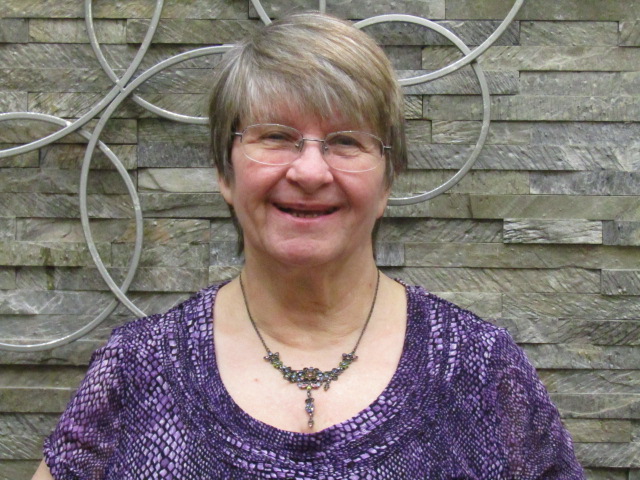By Valerie Routhieaux
Day 23 – Reader Engagement
Today’s writing tip concerns the
info dump. When you start writing, people tend to start with the backstory and
tell everything about the situation and in doing so, lose their audience before
the end of the first paragraph.
You want your reader to know your
characters, their personality, and the time period they live in or the planet
they’re on, depending on what genre you’re working with.
However, there’s a right way and
wrong way to do that. I once picked up the book Ben Hur from the library. I
couldn’t get past the first couple of pages because it was all information about
the time period. How do you overcome that and get your reader interested in
your book? Sprinkle it in where appropriate. Not all at once.
You might start with a paragraph
showing location for your character but get to the dialogue as soon as
possible. Interaction between characters can show as much information about the
time period, genre, location as several pages of info dump does. And it does a
better job of keeping your reader engaged in the story.
As your story moves along, your
reader will get a good idea of where your characters are and what they are
doing from the dialogue. Yes, the description is necessary to the book, but don’t
over describe. Don’t under describe either. You don’t want to leave the person
wondering what just happened and cut him out of the story.
Remember, your reader is on the
same journey as your characters. Let them look around the location and see
where they are. Build tension with dialogue. You won’t get tension in an info
dump.
Below is an excerpt from my book
New Horizons – Predators and Blue Fire. I hope it shows you what I’m talking
about. Information, but not too much. It’s the end of the first chapter.
———-
They finished a late-night snack
when the plane went through an electrical storm. Lightning flashed around the
plane, but there weren’t any clouds in sight, at least none Shanara could see
as she gazed out the window. It reminded her of movies about a spacecraft
forced through space at an excessive speed.
She expected to see dark billowy
clouds below them, indicating rain, but there was nothing. She also found it
strange that flying above the clouds, they would get caught in an electrical
storm, something she would expect below the clouds. However, she couldn’t see
the sky or clouds.
The seatbelt sign came on, and
everyone put their seats in an upright position, preparing for the worst. Only
the worst didn’t happen, at least not from what Shanara could see, or not see.
“That was a strange storm. What can
you see out the window?” asked Michael.
“Nothing. I mean, literally,
nothing. Before the storm there was an ocean beneath us, now there isn’t even
water.”
Suddenly, the plane took a sharp
turn upward, and Shanara could see the mountain peak in front of them.
“Where did that come from?” asked
Michael.
“I have a feeling we’re not on
earth anymore,” said one of the passengers, her eyes glued to the window.
“I bet you’re right. Nothing looks
familiar,” said a male passenger.
As soon as the plane righted
itself, the captain came on the intercom. “I know many of you are wondering
where we are. So are we! Our navigational charts are useless. We passed into
what is known as the Bermuda Triangle, and though I’ve flown this route many
times, nothing like what we experienced has ever happened before. Some of you
saw an electrical storm out your window. That wasn’t an electrical storm. It
was a wormhole. I know what you might be thinking. You’re not in the Twilight Zone.
However, wormholes are a theory which just became fact. We are looking for a
place to land and hope we can find a civilization who will not shoot first and
ask questions later. For now, please remain calm. You will know what is
happening at the same time we do. Captain Fredericks out.”
“Okay. Now I’m glad I packed as
much as you did,” said Michael.
“That’s not our moon,” said a male
passenger behind them.
“No, it’s not,” said Shanara,
seeing a larger moon than she was used to seeing.
“Look over there. Is that another
planet?” pointed a woman, a few rows ahead of them.
Shanara focused on the terrain
below them and the moons or planets she saw out the window amid a vast array of
stars. It was clear they were no longer on Earth, but where they were, she
hoped they would soon find out.
—————-
I hope this helps show you how to give your information to the reader and keep your reader engaged in your story.
Tomorrow’s Perspective: Show vs. Tell

